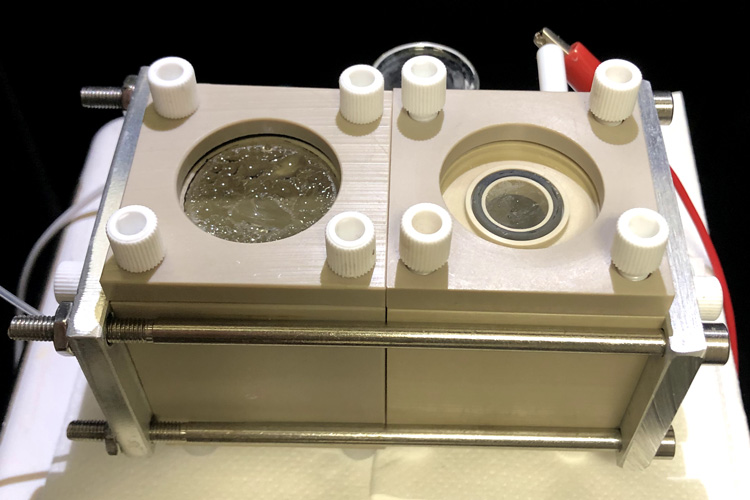
Bacteria on nanowires convert sunlight, carbon dioxide and water to organic building blocks. Chemists have created a hybrid system of bacteria and nanowires that captures energy from sunlight and transfers it to the bacteria to turn carbon dioxide and water into organic molecules and oxygen. On Earth, such a biohybrid could remove carbon dioxide from the atmosphere. On Mars, it would provide colonists with raw material to manufacture organic compounds ranging from fuels to drugs...
Read More








Recent Comments